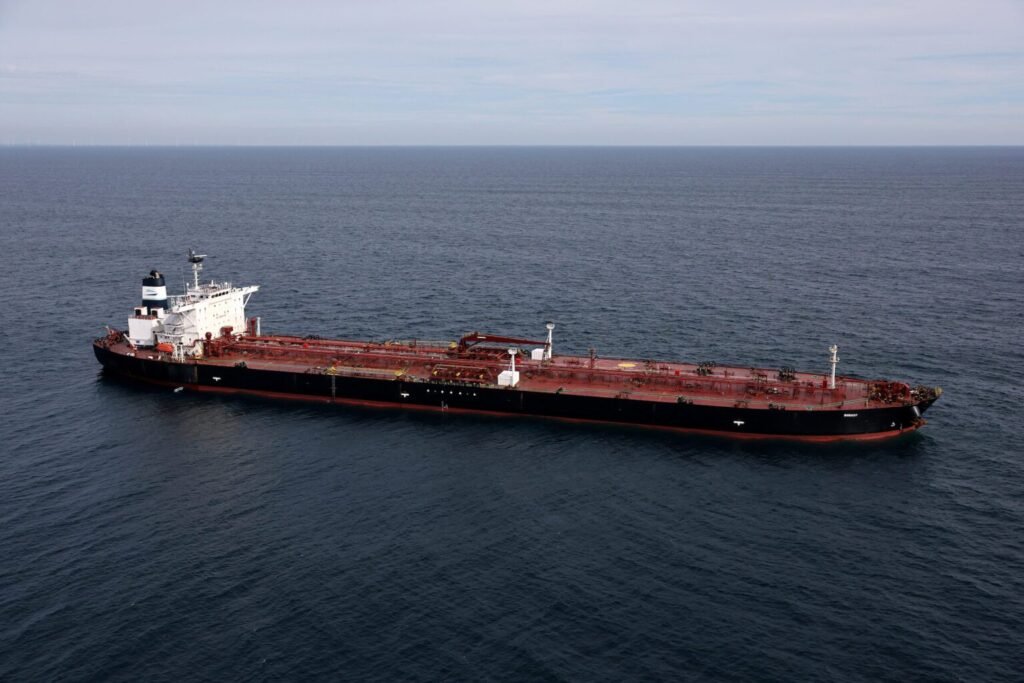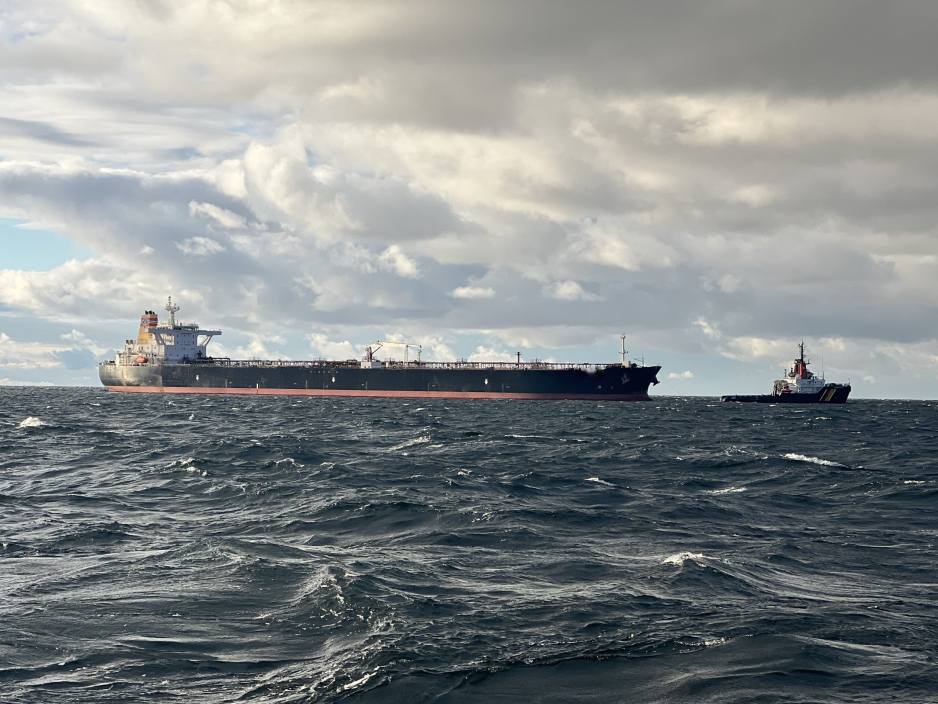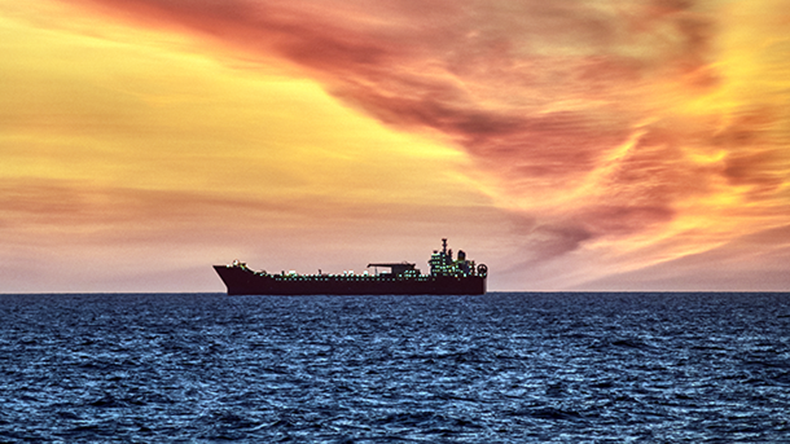Flag-hopping is the practice whereby a ship owner or an operator frequently and strategically changes their vessel’s flag state (or registry) to circumvent legal, regulatory, or economic obligations.
According to the latest data from maritime analytics company Windward, flag-hopping is now a standard operating procedure for a parallel shipping network designed to circumvent international sanctions. The report identifies 12 fraudulent registries in operation, with over half of all sanctioned tonnage sailing under false flags. About 57% of sanctioned tankers are either falsely flagged or completely unknown in International Maritime Organization (IMO) databases, rendering them ghosts on the high seas.
This unprecedented trend, which was highlighted in Clarksons Research’s World Fleet Monitor, is an indication of a fundamental shift in global shipping.
The data reveals a complex game of pursuit and evasion between the shadow fleet and international regulators. African registries have seen explosive growth as the primary beneficiaries of this shadow fleet. Some interesting facts are:
- The registry of Benin has grown by a massive 50,000% in 2025, attracting vessels like Iranian VLCCs. The risks were illustrated in September when French authorities detained the Benin-flagged tanker Boracay. It is a ship linked to a drone invasion at Copenhagen airport.
- Gambia’s registry has increased by 574% in the same period.
- The Comoros Islands moved into the top 30 flag states by tonnage. It later saw its fleet shrink from 9.9 million GT to 7.8 million GT, after its government began a cleansing of its international registry.
When one registry is sanctioned or cleansed, such as Gabon or Guinea-Bissau, the tonnage simply migrates to another, less-scrutinized flag.

The Safety Implications
Beyond the geopolitical machinations, the rise of the flag-hopping shadow fleet has some serious consequences for maritime safety, and exposing the industry to a series of risks.
- Erosion of Regulatory Oversight — A vessel’s flag state is its primary regulator, responsible for ensuring it adheres to international safety, security, and environmental conventions. Registries that are complicit oftentimes lack the resources or expertise to conduct proper inspections, certify seaworthiness, or verify crew qualifications. This can create a class of vessels operating outside the global regulatory safety net.
- Increased Risk of Catastrophic Accidents — Vessels in the shadow fleet are usually older, poorly maintained, and operate without proper insurance. The incentive to avoid detection can lead to dangerous behaviours. Nefarious actions such as disabling Automatic Identification Systems (AIS) can increase the risk of collisions, groundings, and oil spills. Without proper oversight, critical safety equipment may be faulty or not available onboard.
- Environmental Threat — A major accident involving a shadow tanker could lead to an environmental disaster. With no accountable flag state and often no legitimate Protection & Indemnity (P&I) insurance, the costs of cleanup and compensation would fall on the coastal states affected. They may simply go unpaid, thereby having marine ecosystems and local economies devastated.
- Crew Welfare Concerns — Seafarers aboard these vessels are particularly vulnerable. They may face unsafe working conditions, inadequate training, unpaid wages, and a lack of legal recourse. In many cases, their employment is obscured by layers of anonymous shell companies.
- Security and Illicit Trade — The ability to obscure a ship’s identity and ownership is a gift to illicit actors. As the case of the Boracay demonstrates, these vessels can be used for purposes far beyond sanction-busting. And it could include weapons trafficking and other security threats.

Impact on Regulatory Framework
The effects are also reshaping the mainstream industry. In a move driven by geopolitics, major companies like Pacific Basin and Seaspan are re-flagging their fleets from Hong Kong to Singapore to evade US port fees. This has propelled Singapore into the world’s fourth-largest registry.
The practice of flag-hopping has reached alarming levels, which is a symptom of a fractured regulatory environment. As the shadow fleet grows, the risk to life and the environment also increases. This can negatively impact the integrity of global maritime trade. Addressing this threat requires a coordinated international response that would target the vessels and the registries that enable them.


Leave a Reply